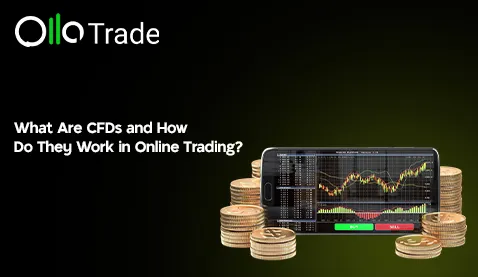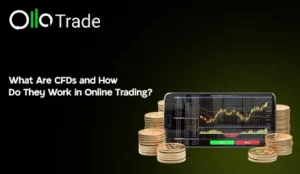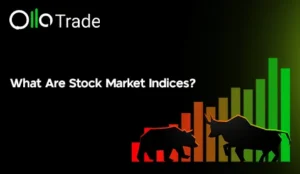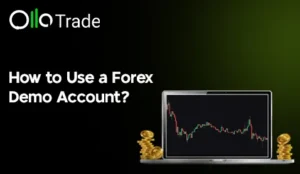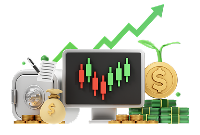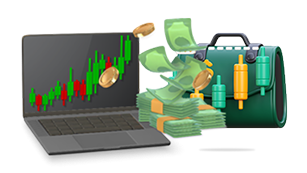Ever wondered how some traders manage to make money whether the market is climbing or going down? The key lies in a smart technique known as CFDs, or Contracts for Difference. Unlike buying stocks or assets outright, it lets you speculate on price movements without actually owning the underlying item.
Understanding how CFDs work can be a real game-changer for anyone dipping their toes into online trading. Stick with me, and I’ll break down this modern trading tool in a way that’s easy to grasp and practical, so you can decide if it fits your trading style.
What Are CFDs or Contract for Difference in Online Trading?
CFDs is short for Contracts for Difference, might sound like finance jargon at first, but the idea is simple. You’re trading on the price movement of an asset without actually owning it. Think of it like betting on whether stock, gold, or even oil will go up or down, without having to store barrels of crude in your garage.
In the fast-paced world of online trading, CFDs have carved out a solid space because they offer something many traders love such as flexibility. Whether you’re a newbie to the market or a seasoned trader chasing global opportunities, it lets you access everything all at one place from shares to currencies.
The ability to use leverage, which means you can control a larger trade with a smaller amount of money, makes them even more attractive. Of course, that’s a bit of a double-edged sword which is exciting, but it calls for smart decisions. Still, for many, CFDs offer the kind of convenience and control that’s hard to ignore.
CFD Trading Explained — The Basics You Should Know
Let’s break down CFD trading.
So, what exactly does that mean?
CFD trading is like making a smart guess on whether the price of something will go up or down without owning that thing. Imagine:
You’re eyeing the price of oil. Instead of buying barrels (because let’s face it, where would you even store them?), you simply open a CFD trade on oil. If you think the price will rise, go “long” (buy). If you think the price will go down, you should go “short” (sell). That’s it. You’re trading the movement of the price not the actual commodity.
Still confused? Here’s an explanation:
You’re not buying oil itself; you’re just predicting whether it’ll cost more or less soon. If your prediction is right, you pocket the difference. If not, you take the hit. It’s like betting on the weather without stepping outside. You don’t control it, but your prediction can still pay off.
And the best part? You can do all of this from your laptop or phone using platforms like Meta Trader 4, without needing to be some Wall Street wizard.
In short: It is about tracking the market’s mood, not owning the market’s goods. Simple, flexible, and fast-paced but definitely not something to jump into blindly.
How CFDs Work in the Real World?
If you’ve ever wondered how CFDs work beyond just textbook definitions, let’s break it down in real-world terms. Here’s how a typical CFD trade works, step by step:
Pick Your Asset
Let’s say you choose gold. You think its price will rise over the next few days.
Open the Trade
You go to a platform like MT4 and “buy” a CFD on gold at $1,900. This is your open price.
Leverage Kicks In
Here’s where it gets interesting (and risky): CFD trading uses leverage. That means you only need a small portion of the full trade value (called the margin) to open a position. If your broker offers 1:10 leverage, you can control $10,000 worth of gold with just $1,000.
Watch the Market Move
Let’s say gold climbs to $1,950, great news! You close your trade at this close price and pocket the difference (minus fees).
The Swap Factor (Overnight Fee)
Now, if you had held that position overnight, a swap fee could’ve been added or deducted, depending on whether you were buying (long) or selling (short), and the underlying interest rate difference. It’s like paying rent for borrowed money.
Key Terms Made Simple
- Open Price – The price when you start your trade.
- Close Price – The price when you finish the trade.
- Margin – is the number of money that you invest to initiate the trade.
- Leverage – The borrowed power that lets you control a big trade with less capital.
Conclusion
CFDs are a flexible and fast-moving way to participate in global markets without owning the underlying assets. From gold to stocks, you can trade price movements from your laptop or phone. But remember, while leverage can boost your gains, it can just as easily swing the other way. So, if you’re curious about CFDs, start small, stay sharp, and always know what you’re getting into.
Start trading smarter with Olla Trade Ltd for fast, flexible, and user-friendly CFD trading.

